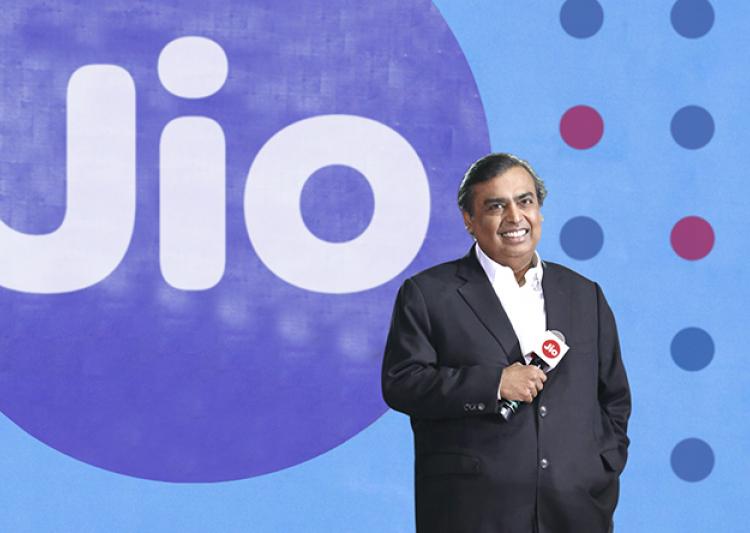With the entry of Reliance Jio, call and data rates have become cheaper than consumer expectations. At the beginning of this century the consumers were charged for ‘incoming calls’ but now even the outgoing calls are free. The data released by Telecom Regulatory Authority of India (TRAI) shows that after remaining in the range of 48 paise per minute to 51 paise per minute for over five years between March 2011 and September 2016, average voice tariff in India has fallen to a third at 16 paise per minute as of March 2018.
The experts suggest that the sudden fall in call rates is due to the entry of Jio. Reliance Jio entered the market in late 2016 and with its low pricing it captured almost 20 percent of the Indian market within a short span of only two years. It’s entry in telecommunication forced the existing players to bottom out their prices to remain in the market. This year, the company announced that it will also enter in the e-commerce and broadband market. As per the data from quarterly filings of TRAI the per minute voice tariffs were range-bound between 48 paise and 51 paise till September 2016, it fell to 44 paise per minute in December 2016, 31 paise in March 2017, 27 paise in June 2017, 23 paise in September 2017, 19 paise in December 2017 and to 16 paise per minute in March 2018. Due to the cheap/free voice tariff since the launch of Jio, the time spent by consumers has also increased. “Once voice was started being given for free (by Reliance Jio), there was a lot of pressure (on other operators) to reduce the voice component of the rates”, said Rajan S Mathews, director general of Cellular Operators Association of India. As of March 2011, the average voice consumption was 349 minutes per subscriber per month, and it increased to 366 minutes per user per month as of September 2016. As of March 2018, it had increased to 584 minutes per user per month.
The average call rates are expected to go down further in the future because more and more people will move to smartphones from feature phones. The users of feature phones are paying for voice services as a separate item, when these users will migrate to smartphone’s they will begin using bundled packs and average outgo by a subscriber on voice services to fall further. The decline in voice tariffs has been consistent with the earnings of major telecom operators in the country. According to a recent report by CARE Ratings, the average revenue per user from GSM services for the quarter ending December 2017 fell on a sequential basis for the sixth quarter in a row to Rs 79 per month. In September 2016, this was Rs 121 per month, while in June 2015 it was Rs 126 per month. India’s third largest mobile operator – Idea Cellular, which is in process of being merged with the second largest carrier Vodafone India — posted its sixth straight quarterly loss for the three-month period ended March 31, 2018.
So, the consumer will ultimately benefit from the competition in the market. The cut-throat competition among companies has compelled them to give free ‘voice tariff’ to consumers. In future, the companies may also start giving free data to the consumers.
